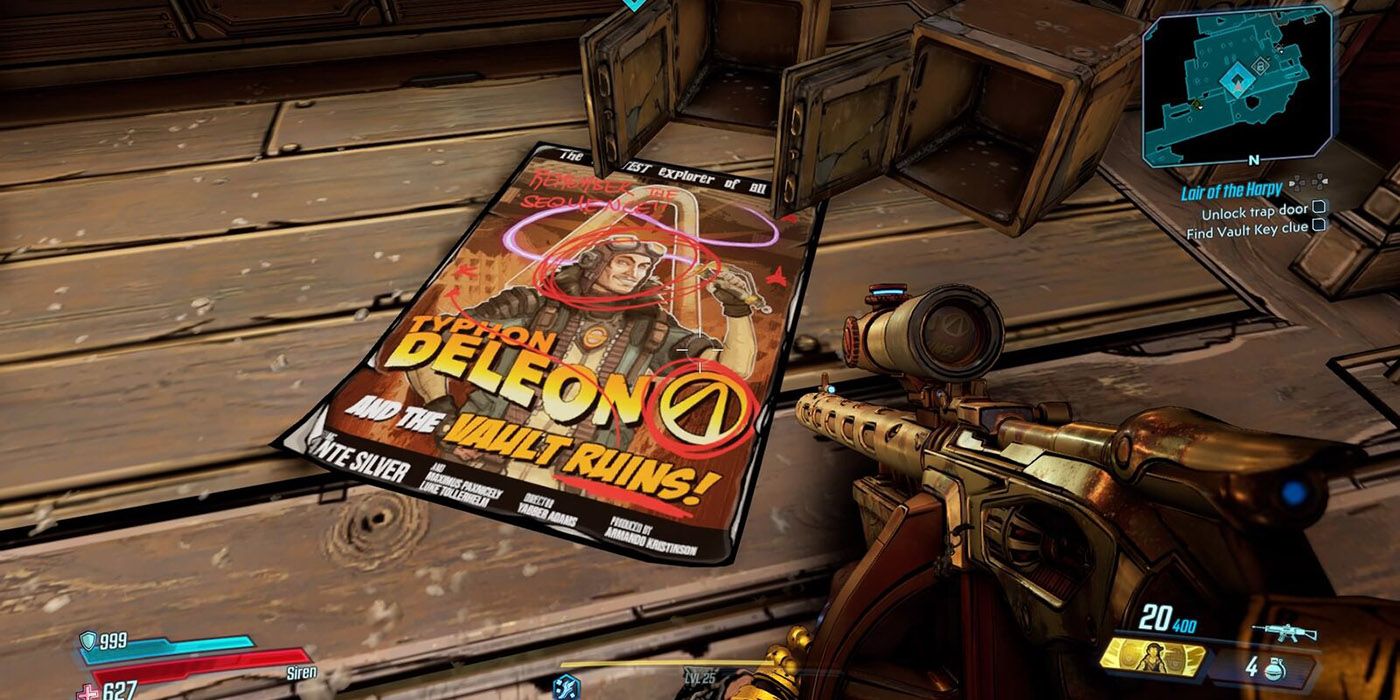Putting real ads in video games is not something most gamers are on board with. This is mainly because of how the mobile realm implements them and gamers' valid concerns about their effect on immersion. However, most mobile games don't operate in the same way as console and PC games, so it wouldn't make sense to have a glaringly obvious ad intruding in a game like Elden Ring or Pokémon Scarlet and Violet. They're totally different landscapes. There are ways to include ads without completely breaking immersion or interrupting gameplay, and it wouldn't be the first time it's been done either.
Console and PC games have had ads in the past, and there have even been games completely made for the purpose of advertising, some of which were surprisingly good. They weren't all company ads either. Musicians and even politicians have had ads appear in games during the Xbox 360 and PS3 era. The reason they worked and why no one was up in arms as much is because they didn't take away from the games themselves.
These ads appear in-game in places like billboards and posters, where players would normally see something related to the game's content. Microsoft and Sony have plans to place them in select games, mainly free-to-play titles that require a source of revenue anyway. As long as ads don't awkwardly show up in places where it would break immersion, such as having a blimp advertising a real toothpaste brand in Elden Ring or The Witcher 3, they won't be obtrusive. It would still be odd to see advertisements for things from the real world in video games due to how separate many games' worlds are from real life. However, games from the past have shown ways for it to be less obvious.
Many games have fake ads, but it's not just their relation to the game world that makes them acceptable -- it's how they're presented. For example, take Borderlands' graphically styled gun ads or Vampire: The Masquerade - Bloodlines' joke posters and comical radio ads. They were created to be part of the world's style, and as a result, they help contribute to players' immersion in the games.
The same can be done for real ads. However, rather than just copying and pasting real-world ads into games, companies need to make sure that the ads fit in with the art and tone of the game they're in. Nobody wants to be playing Dead Space and encounter the latest bus ad for Tradesmen, which could interrupt the flow of the game. It would be way less of an intrusion if the Tradesmen ad were specifically made for the game.
All of this would mean that advertisers may have to give up some creative control or collaborate with game developers to ensure the message and artwork of ads line up with the game they'll appear in. In the end, it would make for much more effective product placement. It will be interesting to see how these advertisements unfold, as it could mean a new way for developers to get revenue, large or small, while still making immersive games.


